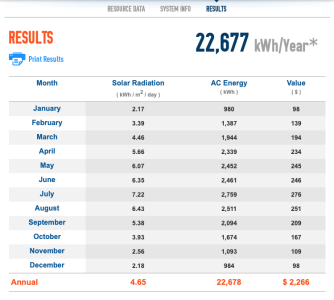jhurkot
Active VIP Member
In this thread I'll be covering the install and performance of a grid tied solar installation at our farm house. I'm a journeyman electrician and will be doing this install myself as much as possible (minus concrete work). My goal is to show the total cost of the system, time and labour to install, and set up/performance. The first step is figuring out what we use for power in a typical year. I've been using a neurio to monitor the energy usage since 2017 so here are some charts....










